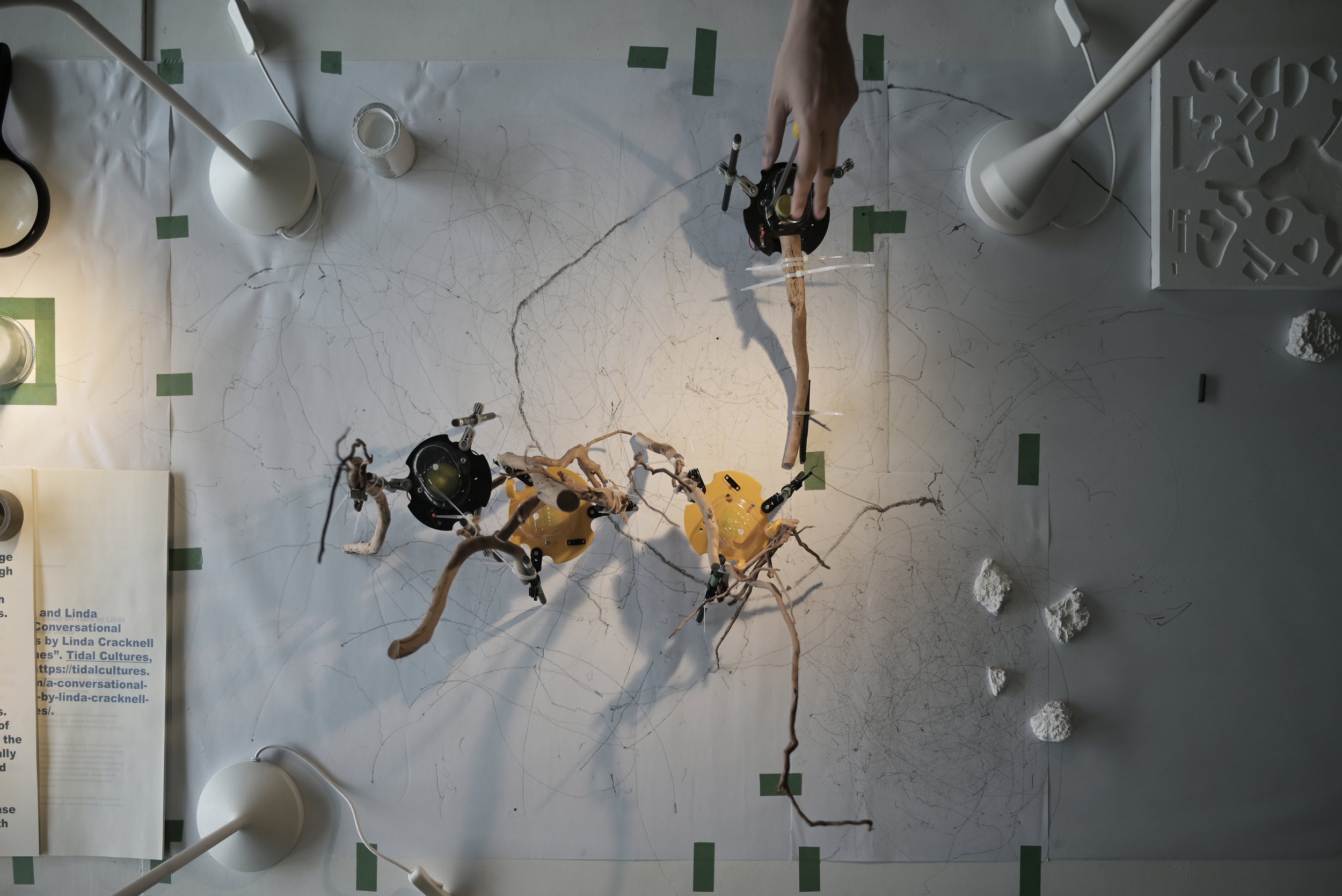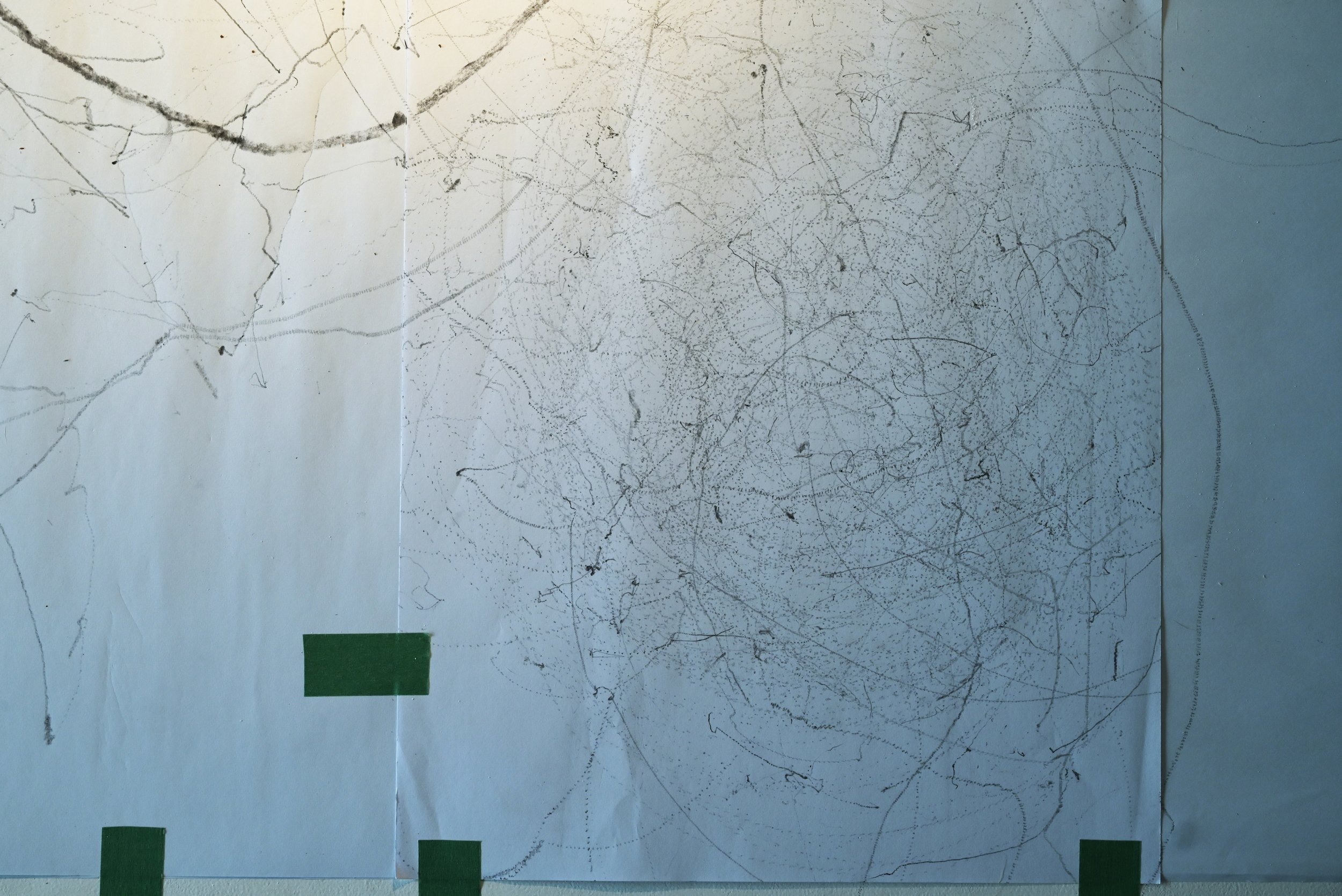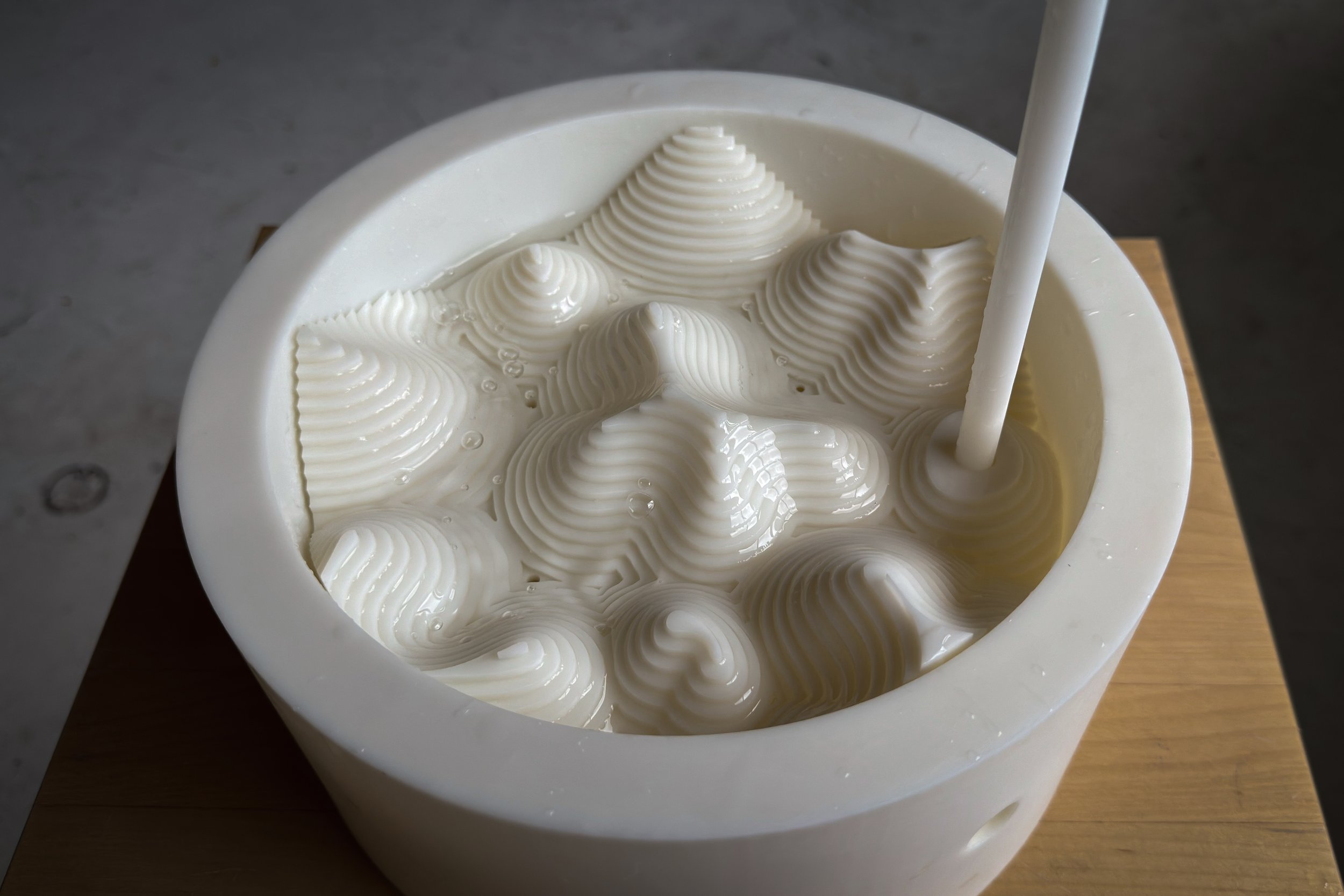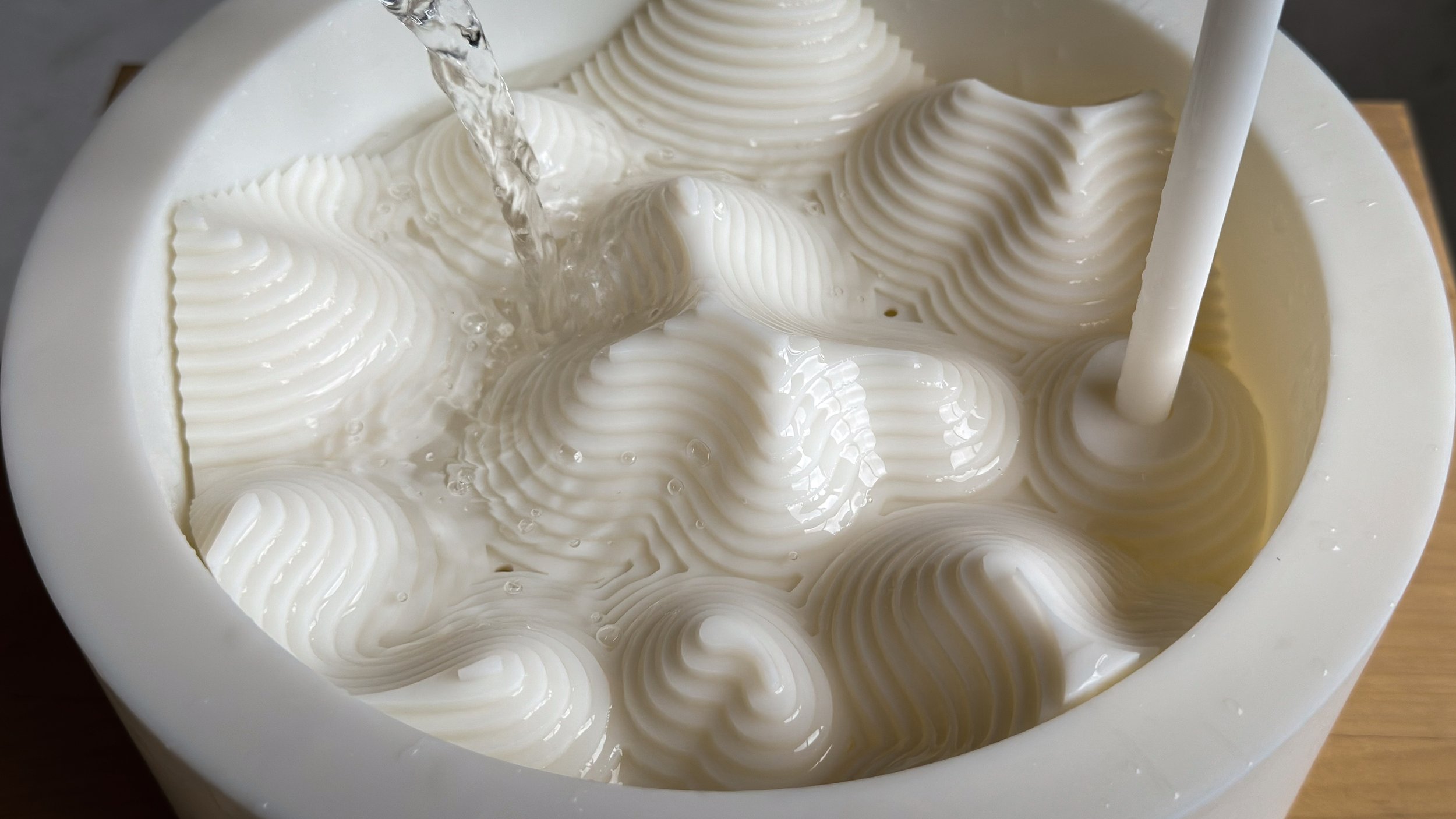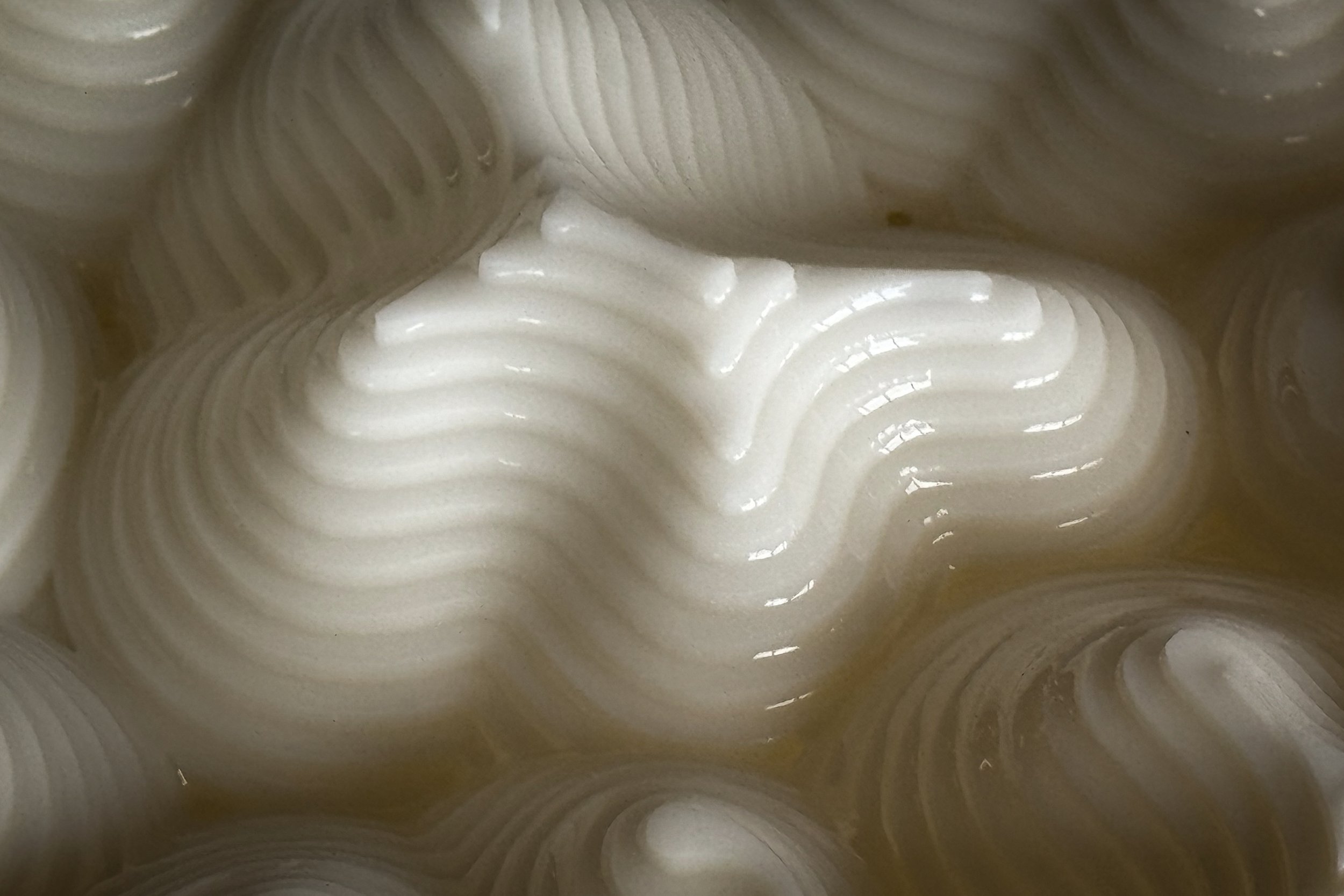
EcoXTechnologies (I):
Experiments into (Slow) Technologies for Remaking
our Ecological Selves
Landscape experiments by Wong Zihao and Liu Diancong, made in October-December 2025.
Documentations of new and ongoing art and design research, which Superlative Futures began as part of the inaugural 2024-25 cycle of the Design Research Fellowship, initiated by SAM Design Collection.
EcoXTechnologies is a speculative design proposal imagining new forms of climate-crisis technology that can engage environmental and ecological rehabilitation in the embodied and personal. By exploring a ficto-critical approach drawing upon new artistic research developed during this 6-month-long design research fellowship with the Singapore Art Museum, our research hopes to glean future worlds made possible by the speculative design of technologies/devices that restore—and re-centre—the ecological as matters of care in transforming our urban cultures and selves.
The body of research is premised on a critical rethinking of the eco-technological as it is understood broadly in sustainable built environment discourses—the engineered manipulation of natural ecosystems including the regeneration of depleted intertidal zones, mangrove forests, and undersea coral reefs as living seawalls and tidal barriers, in the service of mitigating the rising sea levels brought by climate change. We wish to ask instead how might alternative interpretations of eco-techno-logy offer other applications that can shift the frontier of ecological rehabilitation from the often-distanced work of master-planning, coastal reinforcement, and land fortification, to the immediate centres of our urban livelihoods—right into our daily routines. Thinking (by tinkering) with an experimental body of artefact-devices—or Technologies for Remaking our Ecological Selves—each installation in the series posits careful recalibration of ecological sensibilities with our bodily rhythms. At the same time, the devices reveal instead a troubling relationship between landscape and body; order and disturbance; human design and more-than-human agency; contained interior environments and (often imagined) wild exterior worlds; ecology and technology.
_________________________________
In this first installation, we wish to think with the “in-betweenness” of the once denigrated mangrove forest and its place within the intertidal zone: these are shapeshifting landscapes that perpetually fluctuate between high and low tide; land and water; decay and growth; death and life. We probe as well into the tidal mangrove’s recently globally revived status from ghostly and backwater place to eco-technological frontier.
We take interest in a particular meaning of the mangrove—said to come from the word “mangle” (and wooded “grove”)—and imagine (other) mangled landscapes, or ways to undo, disfigure (and refigure), twist, contort, tangle up, and make incoherent—beyond recognition—our manicured ideas of nature when juxtaposed against the comfortably ordered environments of city interiors. We look to ethereal and magical accounts of tide-activated, ghostly shapeshifting landscapes, and draw references from their unruly mangling ecologies, to derive from them landscape concepts informing our ongoing design of disruptive technologies. We imagine the devices to be imbued with (at times, shamanistic) more-than-human agency, creatively (perhaps, in destructive ways) aiding in mangling (or, disrupting, slowing, halting even) work-time order within the studio.
